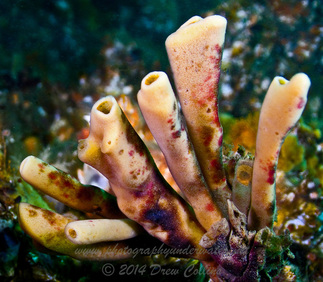 Glove Sponge Glove Sponge Deception Pass Bridge, just 90 minutes north of Seattle Washington, connects Whidbey Island with the mainland. On July 31, 1935, the 976-foot span Deception Pass Bridge connected Whidbey Island to the tiny Pass Island, and Pass Island to Fidalgo Island. Before construction of the bridge, travellers would use an inter-island ferry to commute between Fidalgo and Whidbey islands. “It’s like Scuda diving in a washing machine,” I have heard it described that way from a few fellow divers. Deception Pass currents can lead to standing waves, large whirlpools, and rolling eddies. This current marvel can be viewed from above on the twin bridges’ pedestrian walkways or from the trail leading below the larger south bridge on the Whidbey Island side. Boats sometimes must wait on either side of the pass for the current to stop or change direction before going through. Thrill-seeking kayakers go there during large tide changes to surf the standing waves and brave the class 2 and 3 rapid conditions. As a diver, we are more cautious and may wait months for the opportunity to dive the pass safely. This last month we have had the good fortune to have three days of perfect dive conditions allowing us to attempt the treacherous and dangerous currents that are a couple hundred feet below the famous bridge. On May 10, 2011, four of us from the Marker Buoy Dive Club carefully prepared and braved the treacherous waters for another attempt at capturing the amazing beauty and abundance of life that is constantly fed by the nutrient rich waters of the Puget Sound, Skagit Bay and the Strait of Juan de Fuca. Exceedingly strong currents, up to seven knots at times are forced through the narrow pass constantly. The maximum depth is about 145 feet. For divers, the window of opportunity and safety (slack current) is very short, sometimes really only a few minutes. We ride the almost ½ knot current east as the flood tide drops to slack, then return on the increasing ebb tide back to our entry point. Sometimes, as long as 45 minutes. Today, we were very lucky, and this month we have been fortunate enough to do three dives with about thirty minutes of ‘slack’ waters. With my camera in hand, I captured the shots posted left. Amazing animals living in and with the beautiful plantlife. The south wall, where most divers typically dive, the life is very thick and rich. Much of the life grows so large you can hardly find the rock behind it. Huge Plumos Anemones, small Dahlia Anemones, Hydroids and Feather Dusters cover the steep vertical wall. Colorful Seastars and many species of crab blanket the wall and are everywhere on this dive. The walls are thick with Giant Barnacles, bigger than a softball, Chitons, Glove and Carpet Sponges, and many other Sponges too. Curious little Scalyhead Sculpins are everywhere. These little guys will creep ever closer as I setup my shot. Perhaps they're curious about me, maybe they’re protecting their territory. It was not uncommon for a small Scalyhead Sculpin to jump at my lens port. They were attempting to fend off preditors or intruders - it was very cool. At about 20 to 60 feet we saw Kelp Greenling, Ling Cod, schools of Black Rockfish. It is pretty rare to see a Giant Pacific Octopus, but I've been fortunate enough to spot a few. Tucked away deep in a cavern the GPO hid. I was able to snap only a few shots before he quickly moved deeper into the den. I would say that Deception Pass has become one of my very favorite dive spots. If you dive there, check the dive conditions, tides and currents very closely. In terms of underwater photography, the viz can be low, usually only a few feet. Zoom Macro photography will probably be your best shooting method, probably with a 60mm or 100mm lens.
0 Comments
Leave a Reply. |
AuthorDrew Collins professional underwater photographer and environmentalist living and diving primarily in the beautiful Emerald green waters of Puget Sound near Seattle, Washington. Categories |
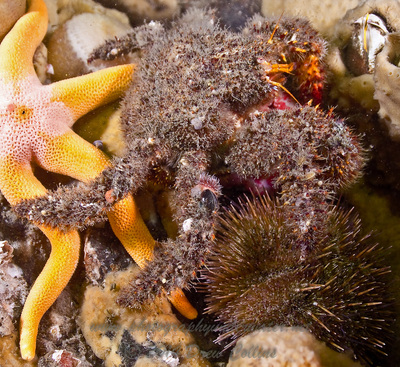
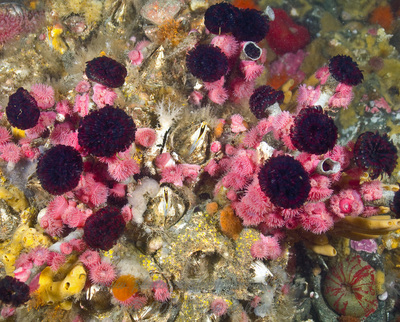
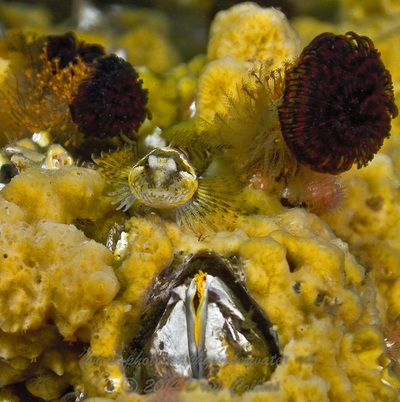
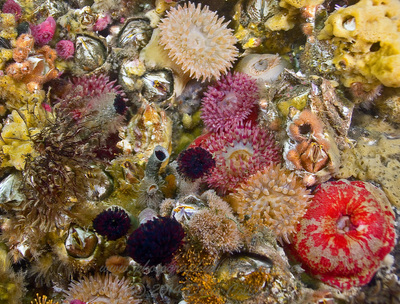
 RSS Feed
RSS Feed